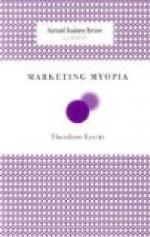Neither is it true, as vulgarly believed, that the heart by any dilatation or motion of its own, has the power of drawing the blood into the ventricles; for when it acts and becomes tense, the blood is expelled; when it relaxes and sinks together it receives the blood in the manner and wise which will by-and-by be explained.
CHAPTER III
Of the motions of the arteries, as seen in the dissection of living animals
In connexion with the motions of the heart these things are further to be observed having reference to the motions and pulses of the arteries.
1. At the moment the heart contracts, and when the breast is struck, when in short the organ is in its state of systole, the arteries are dilated, yield a pulse, and are in the state of diastole. In like manner, when the right ventricle contracts and propels its charge of blood, the pulmonary artery is distended at the same time with the other arteries of the body.
2. When the left ventricle ceases to act, to contract, to pulsate, the pulse in the arteries also ceases; further, when this ventricle contracts languidly, the pulse in the arteries is scarcely perceptible. In like manner, the pulse in the right ventricle failing, the pulse in the pulmonary artery ceases also.
3. Further, when an artery is divided or punctured, the blood is seen to be forcibly propelled from the wound the moment the left ventricle contracts; and, again, when the pulmonary artery is wounded, the blood will be seen spouting forth with violence at the instant when the right ventricle contracts.
So also in fishes, if the vessel which leads from the heart to the gills be divided, at the moment when the heart becomes tense and contracted, at the same moment does the blood flow with force from the divided vessel.




